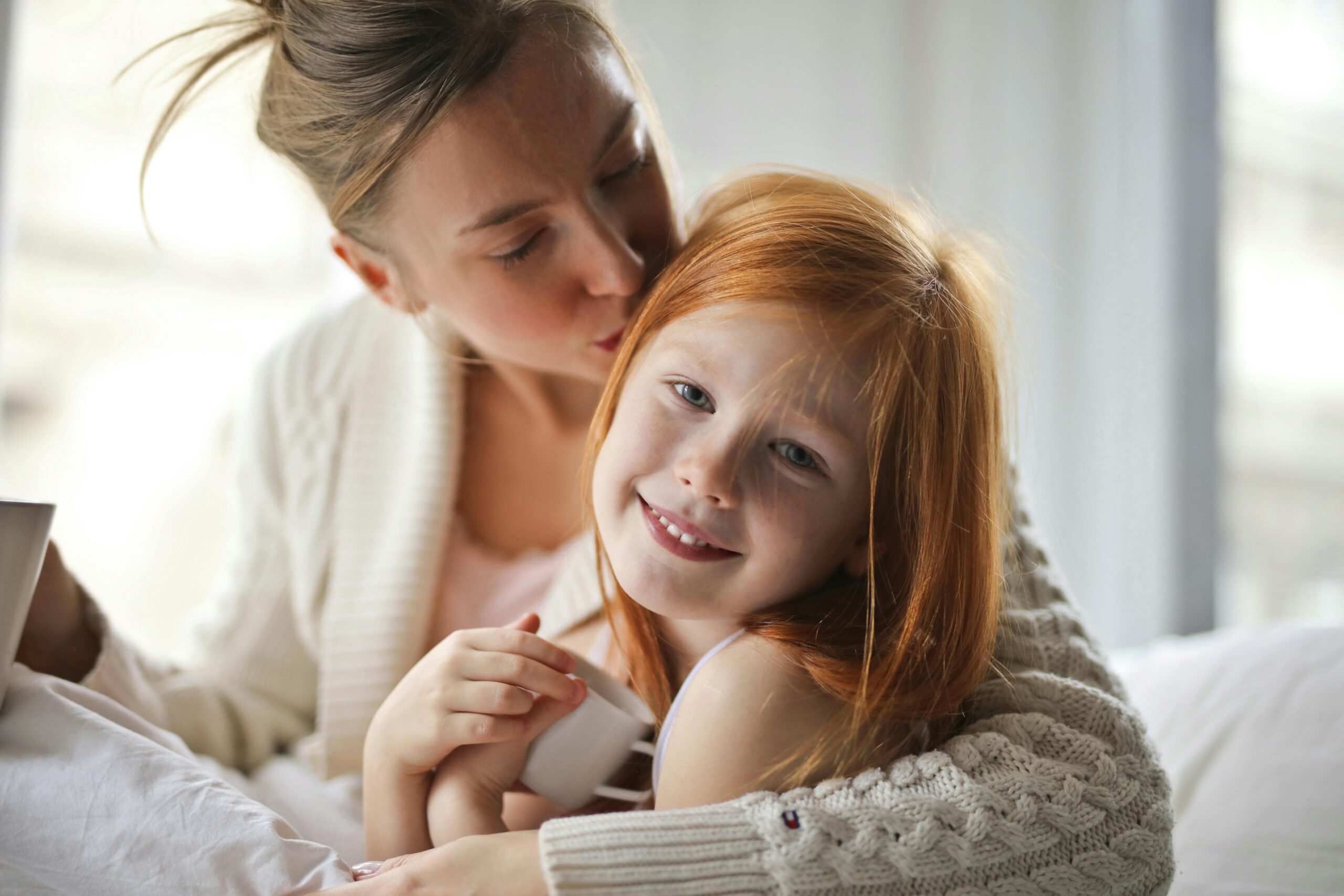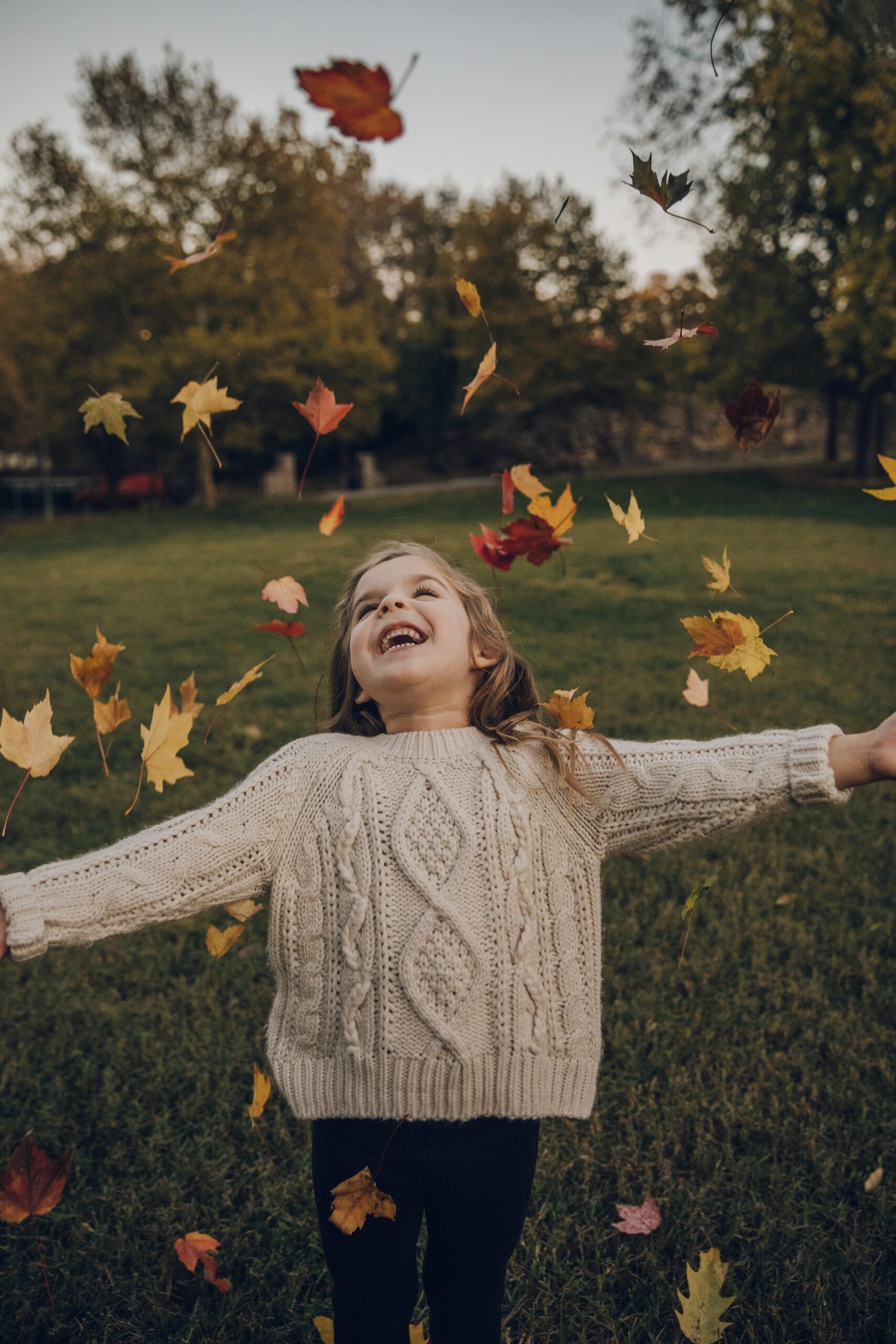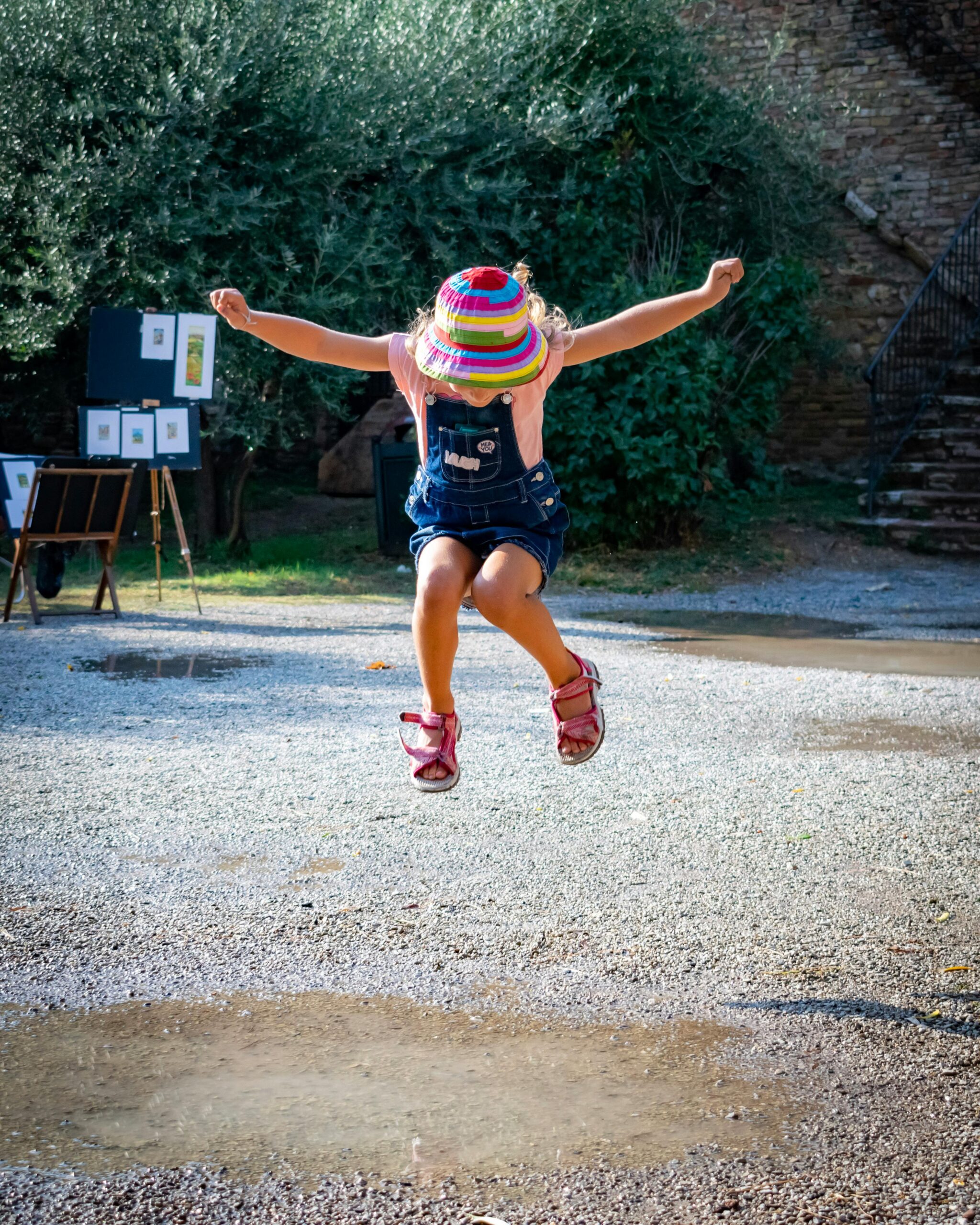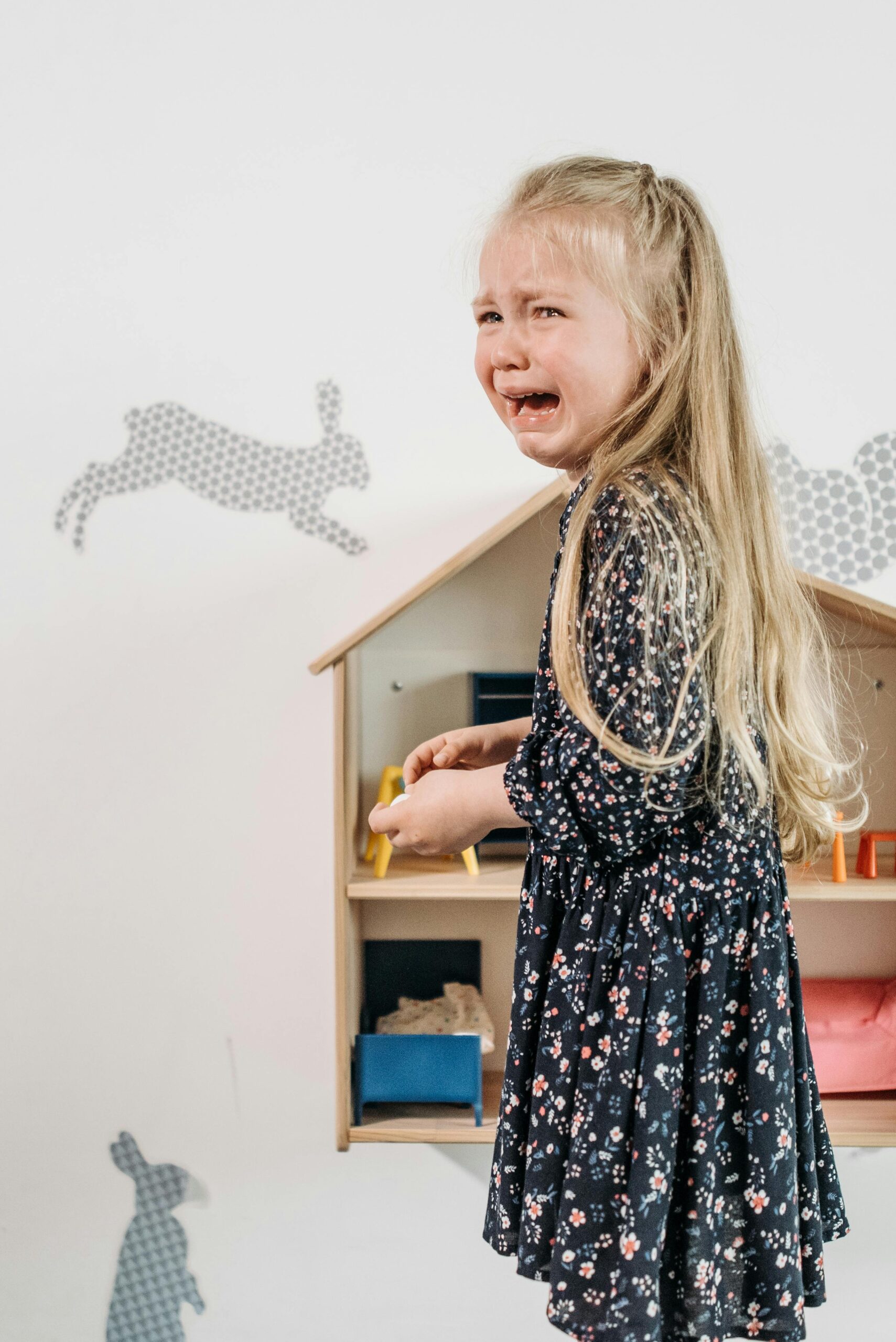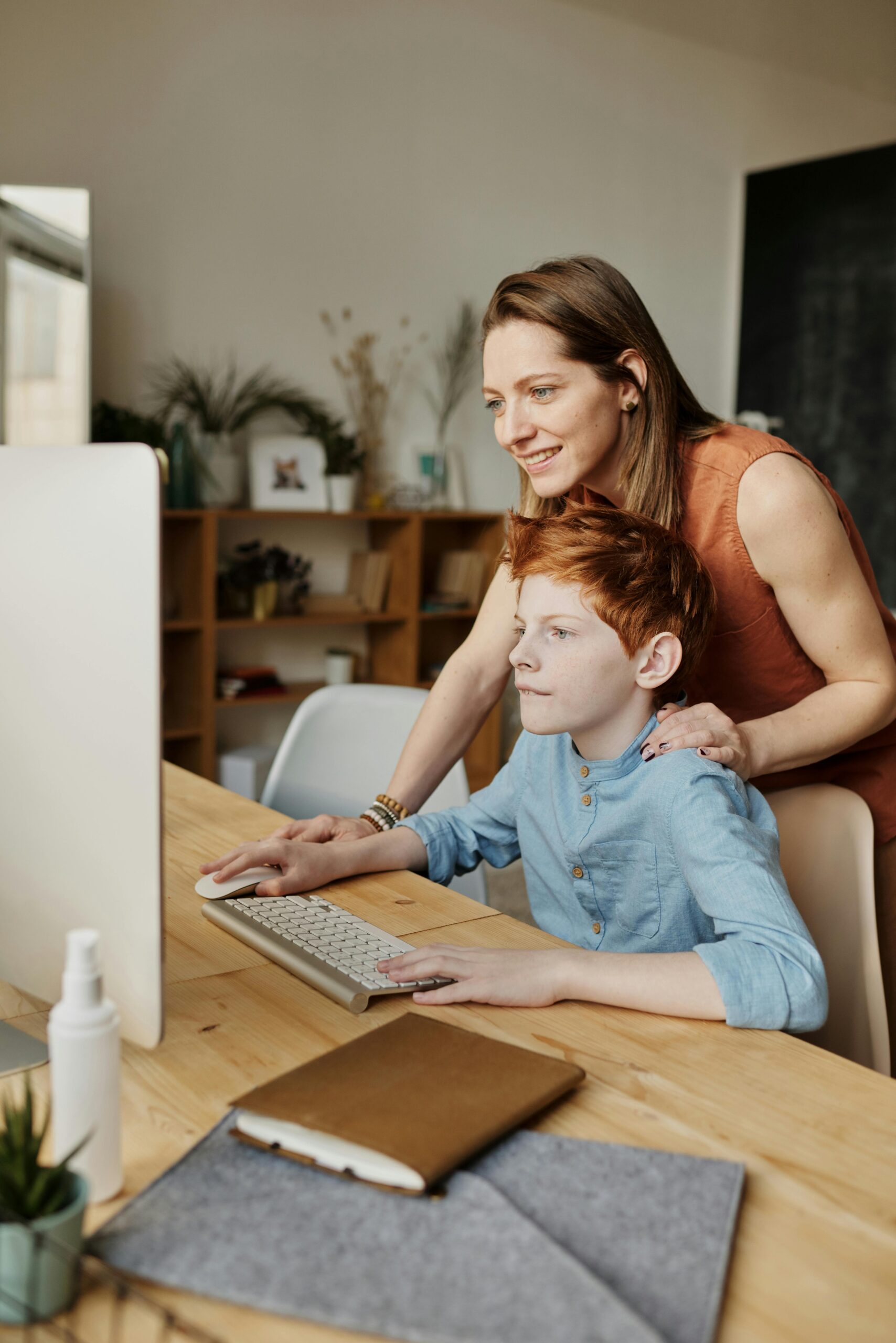How to Create Vision Boards for the New Year: A Fun Goal-Setting Activity for Parents and Kids with ADHD
The new year is here, and it’s time to pretend we’re all going to crush our resolutions (again). Whether you’re dreaming of finally drinking a hot cup of coffee or helping your kid survive a full week without losing their lunchbox, vision boards are here to help.
This creative, ADHD-friendly activity is perfect for parents and kids alike. It’s part goal-setting, part arts and crafts, and 100% more productive than scrolling Instagram while telling yourself you’ll start tomorrow. So grab your scissors, your snacks, and your sense of humor—let’s make some magic.
What Is a Vision Board and Why Does Your Family Need One?
A vision board is basically a fancy collage of your goals, dreams, and priorities. Think of it as Pinterest, but without the guilt of realizing you’ll never DIY that farmhouse dining table.
For families, it’s a great way to focus on shared goals, like spending quality time together (or at least surviving a road trip without someone crying). For kids with ADHD, vision boards turn overwhelming goals into bite-sized, fun visuals. Bonus: They also double as a distraction-free activity to keep them busy for a good 30 minutes—aka, enough time for you to breathe.
Benefits of Vision Boards for Families and Kids with ADHD
- For Parents:
- Clarify Priorities: Parenting often feels like playing Whac-A-Mole, but with more laundry. Vision boards help you figure out what really matters—like finding 10 uninterrupted minutes a week to sit in blissful silence.
- Stay Motivated: On the days when the chaos feels overwhelming, a quick glance at your board reminds you why you’re doing this (and why coffee is non-negotiable).
- Model Goal-Setting: By creating your own board, you’re showing your kids that even grown-ups dream big. Or at least dream of a clutter-free house.
- For Kids with ADHD:
- Make Goals Fun: Let’s face it: Telling your kid, “Let’s set some goals!” is about as exciting to them as watching paint dry. But throw in some glue, markers, and pictures of superheroes, and now we’re talking.
- Encourage Self-Reflection: Asking your child what they want to accomplish is a lot easier when you’re holding a stack of magazines and not staring them down during a lecture.
- Celebrate Small Wins: Vision boards help kids see progress over time, like finally tying their shoes without turning them into an unfixable knot.
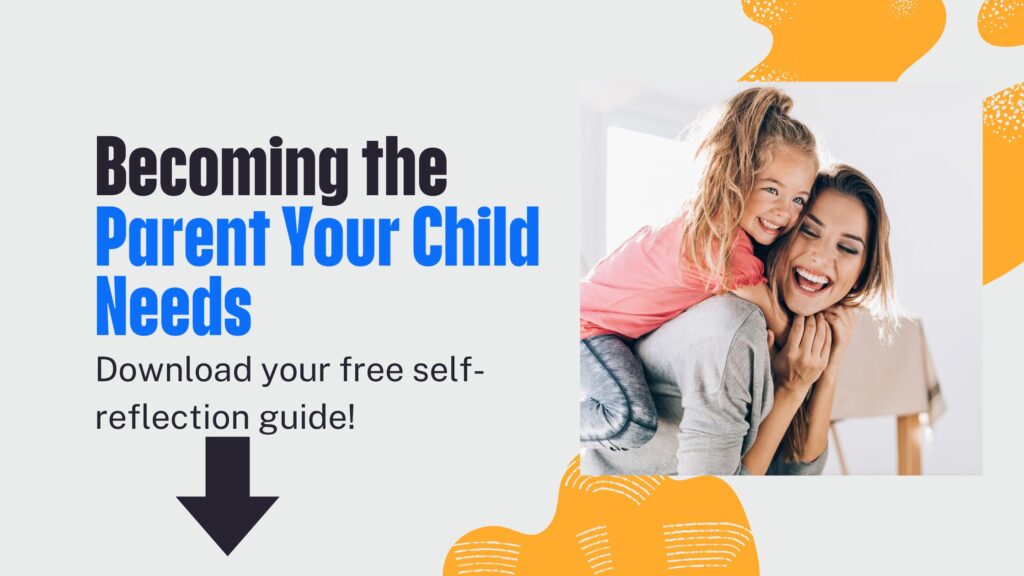
Take the first step toward becoming the parent your child truly needs with this free self-reflection guide! Click HERE to get the free guide.
Family Vision Boards vs. Personal Vision Boards
Family Vision Board:
This collaborative masterpiece is perfect for setting shared goals like:
- Saving for a vacation (ideally one without a last-minute airport meltdown).
- Spending more time together as a family (even if that means “family” includes a tablet at the dinner table).
- Decluttering the house (step one: locate the source of that mysterious sock pile in the corner).
Personal Vision Boards:
These let everyone dream big in their own way.
- Parents: Think self-care (like finishing a single Netflix episode without falling asleep) or career goals.
- Kids: Think mastering bike riding, getting better at Minecraft, or achieving the ultimate childhood milestone—convincing you to get them a pet.

How to Create Vision Boards (Without Losing Your Sanity)
- Paper Vision Boards:
Gather magazines, scissors, glue, and poster board. Let the kids cut and paste while you quietly regret introducing glitter into the equation. - Digital Vision Boards:
Use Canva or similar tools to create sleek, mess-free designs. Perfect if your idea of “crafting” is hitting Ctrl+C and Ctrl+V. - Hybrid Vision Boards:
Start with paper, then snap a photo to save it digitally. This way, you can proudly show off your work while hiding the paper scraps under the couch.
Step-by-Step: How to Make a Vision Board
- Decide on Your Focus:
Family board? Personal boards? Both? The real question is: Who’s in charge of the glue stick? - Set the Mood:
Snacks are essential. Music optional (unless someone insists on playing “Baby Shark,” in which case you’re excused). - Reflect on Last Year:
Ask everyone:- What was your favorite moment of the year?
- What’s one thing you never want to do again? (Spoiler: It’s probably that camping trip where the tent leaked.)
- What’s something fun we can try this year?
- Brainstorm Goals:
Help your kids think of goals by asking:- “What’s one thing you’d like to learn?”
- “What makes you happy?”
- “How many dogs do you think it’s reasonable to pet in one year?”
- Brainstorm Keywords:
Think about keywords that sum up your goals and visions. For example: being present, family, laugh, adventure, friendship, you get the idea. - Find Visuals:
Cut out pictures, draw your own, or print stuff off the internet. Kids can get creative with glitter, stickers, or that one crayon they refuse to share. - Assemble the Board:
Arrange the pictures however you want—neat and tidy, or full-on “chaotic masterpiece.” For kids, it’s all about making it colorful and fun (and avoiding glue on the furniture). - Display It Proudly:
Family boards go in a communal space like the fridge. Personal boards can live on desks, walls, or as a digital wallpaper—because who wouldn’t want to be reminded of their goals every time they unlock their phone? - Revisit and Adjust:
Life happens. Maybe you realize saving for a trip to Paris was ambitious when your grocery bill doubled. It’s okay—pivot and add “find more coupons” to the list.
FAQ: Vision Boards for Families and Kids
- What if my child isn’t interested?
Start your own board—they might join in when they see you cutting out pictures of pizza for “date night” goals. - Do vision boards actually work?
Yes! They keep your goals front and center. Plus, they’re more fun than scribbling “be less tired” on a Post-it. - How often should we update our vision boards?
Monthly check-ins are great, but let’s be real—half the fun is laughing at that one overly ambitious goal, like “learn 5 new languages.”
Create Your Best Year Yet (and Have Fun Doing It!)
Vision boards are more than arts and crafts—they’re a creative, ADHD-friendly way to set goals, build family connections, and laugh at life’s chaos. Whether your kids dream of becoming astronauts or just want to master the monkey bars, a vision board helps bring those goals to life.
So, grab your scissors, snacks, and maybe a tiny bit of patience. This is your year to dream big, laugh often, and maybe, just maybe, lose fewer socks along the way.
This link will take you right to Canva’s vision board templates, this works best for computer backgrounds. If you want to make one for your phone, go to this link.
Check out my post about making connections with your child and embracing good enough for more ideas to start off the new year right!
Ready to start? Share your vision board ideas or success stories in the comments below! Let’s inspire each other to dream big!
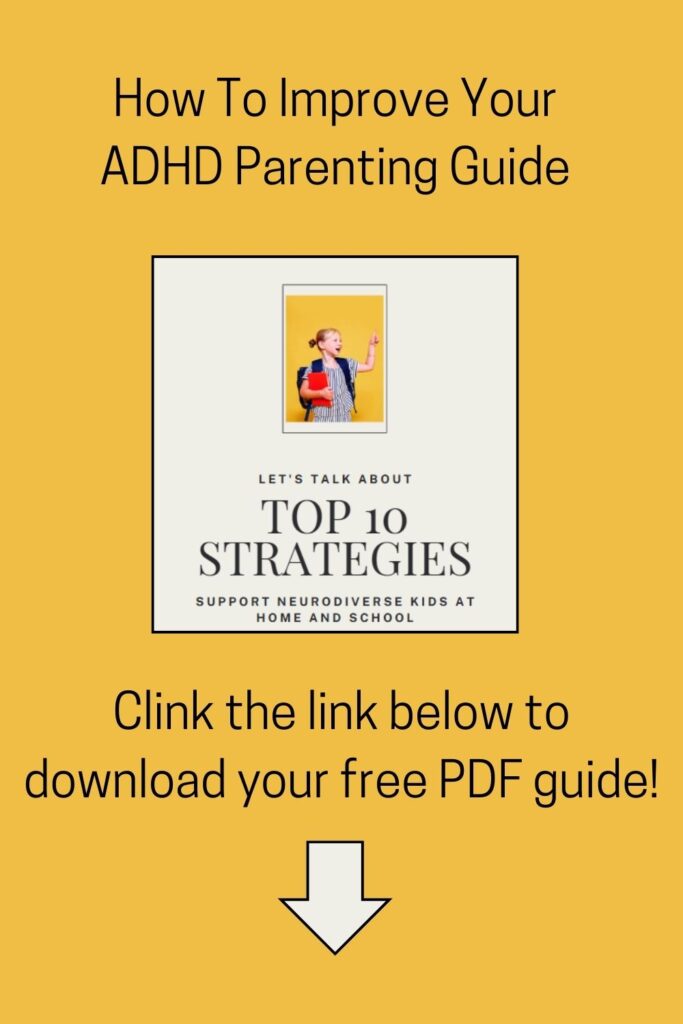
Check out this FREE resource: Top 10 Strategies to Support Neurodiverse Kids at Home and School! Click HERE to get the resource.
